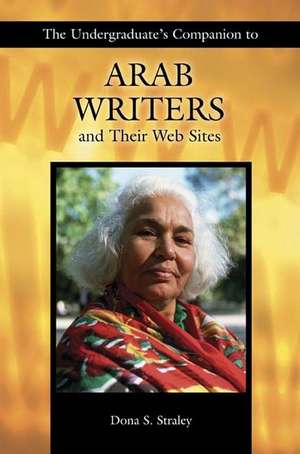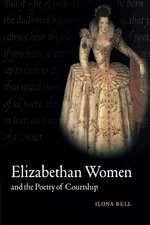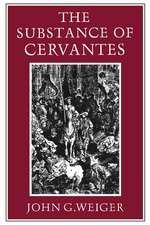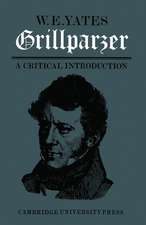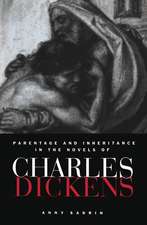The Undergraduate's Companion to Arab Writers and Their Web Sites: Author Research Series
Autor Dona S. Straleyen Limba Engleză Paperback – 31 iul 2004
This companion provides information on the lives and works of about 150 authors who write primarily in Arabic, covering the first known works of Arabic literature in the 5th and 6th centuries A.D. to the present day. While concentrating on literary authors, writers from the fields of history, geography, and philosophy are also represented. The individuals represented were chosen primarily from the "Encyclopedia of Arabic Literature." Among the major authors are Najib Mahfuz, the 1988 Nobel laureate; Nawal Saadawi, the Egyptian physician who is the leading female literary author in the Arab world and the most frequently translated into English; Abu al-Ala' al-Ma'arri, the 11th century poet whose verses are taught to every Arab schoolchild; and Avicenna, the great physician and philosopher, transmitter and interpreter of Aristotle, whose work on medicine was long the standard not only in the Middle East but also (in Latin translation) in Europe. In addition, entries will be included for the anonymous romances so common in Arabic literature, such as "The Arabian Nights," a cycle of stories perhaps even better known in the West than in the Arab world.
Interest in the history and culture of the Arab world at U.S. universities has taken a quantum leap since the events of September 11, 2001. In this book, the author demonstrates that at least three major, distinct literary and cultural traditions are included within the fields of Middle Eastern and Islamic studies--Arabic, Persian, and Turkic. The Arabic tradition is the oldest, largest, and most widely dispersed. Undergraduate courses in Arabic literature and culture are now being taught at both lower- and upper-levels at many universities. Such courses are often used by undergraduates to fulfill basic educational requirements for their degrees. Students in such courses often have difficulty finding information on Arab writers, and this volume fills the void.
Preț: 210.82 lei
Nou
40.34€ • 42.42$ • 33.33£
Carte disponibilă
Livrare economică 27 martie-10 aprilie
Specificații
ISBN-10: 1591581184
Pagini: 185
Dimensiuni: 156 x 235 x 15 mm
Greutate: 0.33 kg
Editura: LIBRARIES UNLIMITED
Seriile Author Research Series, Undergraduate Companion Series
Descriere
Interest in the history and culture of the Arab world at U.S. universities has taken a quantum leap since the events of September 11, 2001. In this book, the author demonstrates that at least three major, distinct literary and cultural traditions are included within the fields of Middle Eastern and Islamic studies—Arabic, Persian, and Turkic. The Arabic tradition is the oldest, largest, and most widely dispersed. Undergraduate courses in Arabic literature and culture are now being taught at both lower- and upper-levels at many universities. Such courses are often used by undergraduates to fulfill basic educational requirements for their degrees. Students in such courses often have difficulty finding information on Arab writers, and this volume fills the void.
